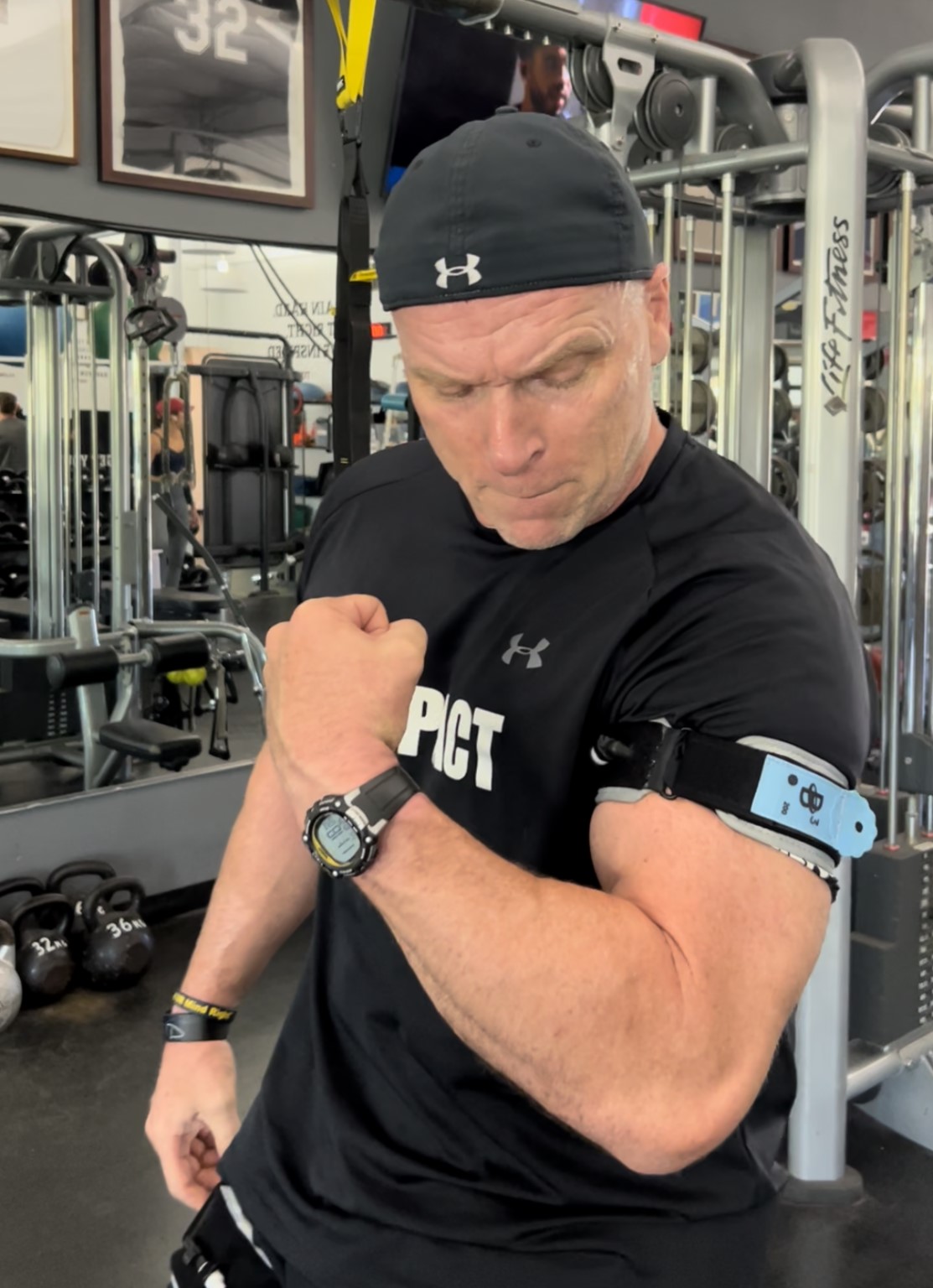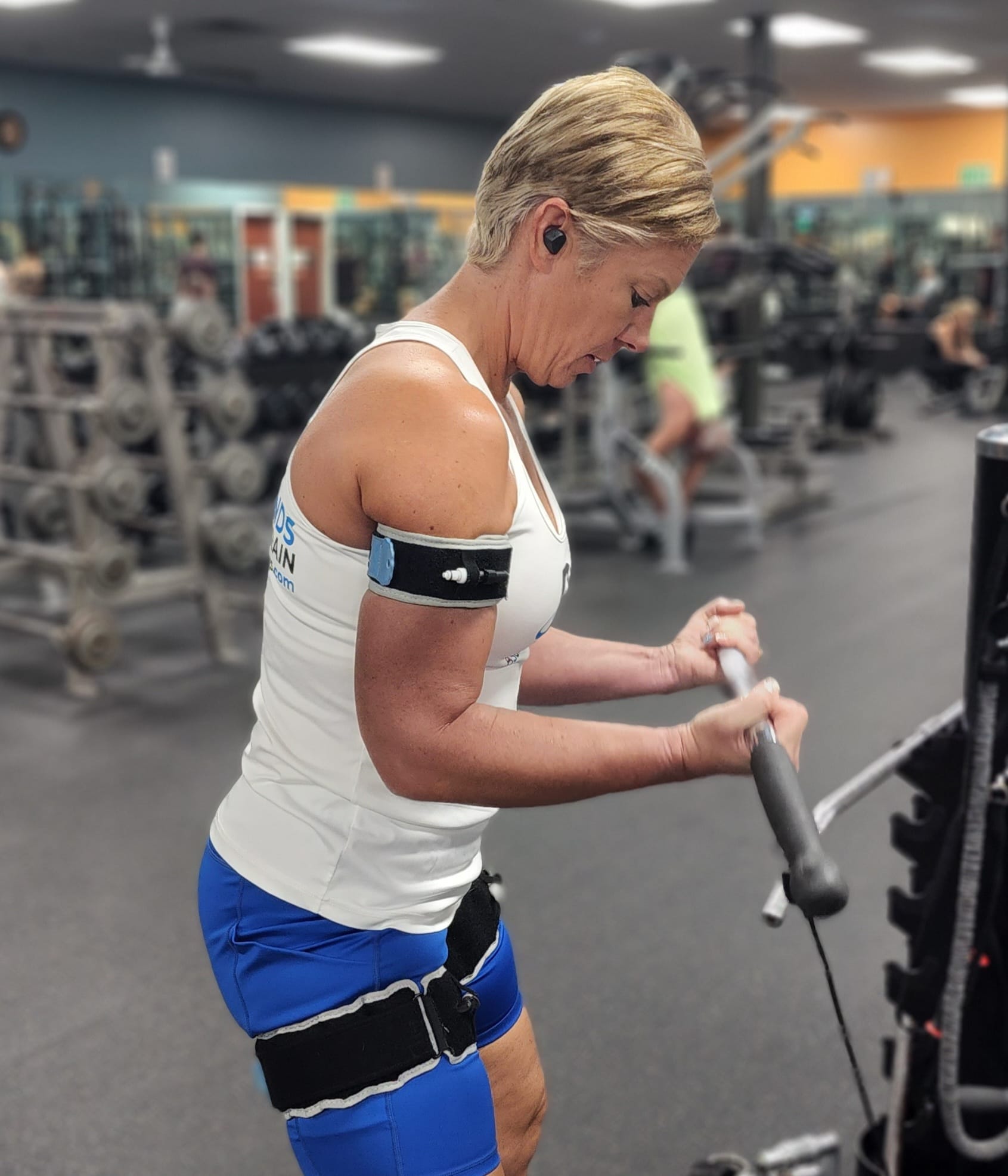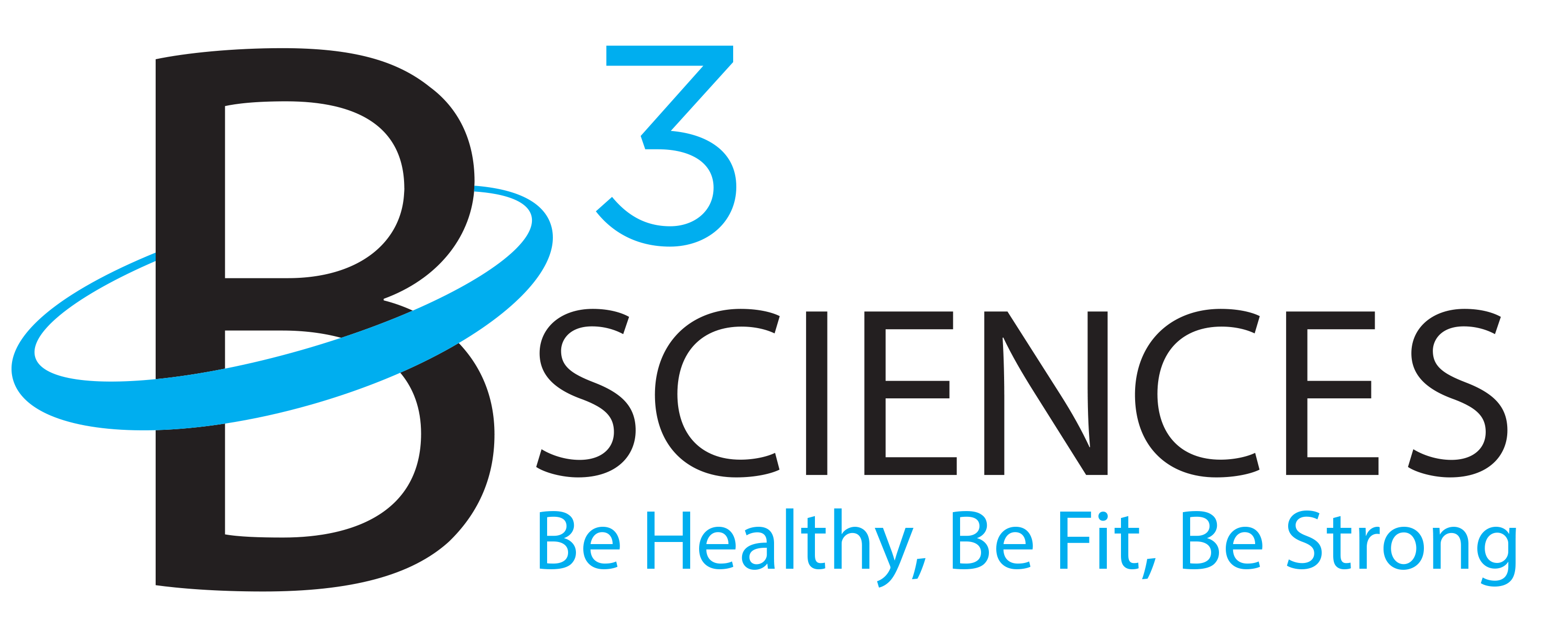Unlock the Power of Muscle Growth with B3 BFR Bands
Can You Build Muscle with BFR Training?
If you're looking to supercharge your muscle-building efforts, you've come to the right place. BFR training, featuring our cutting-edge B3 Bands, is revolutionizing the way people achieve their fitness goals. Let us show you why BFR training is the game-changer you've been searching for.
B3 Bands create 4 Profound Effects in the Body that are significant factors in building muscle:
- A Big Nitric Oxide Release
- Complete Slow & Fast Twitch Fiber Recruitment
- A Deeper Fast Twitch Muscle Fatigue
- Big post BFR Growth Hormone Surge
When you combine these 4 effects in the body, you will see significant Muscle Hypertrophy & Strength Changes.
These 4 effects are not typically attainable with normal strength training, but with B3 Bands it is easy and can be done in under 20 minutes a day!
We Guarantee Results with a 30 Day Money Back Guarantee
Why BFR Training is a Game-Changer for Building Muscle
The B3 Sciences Difference
At B3 Sciences, we don't just provide BFR Bands; we offer a complete support system to help you succeed. Our program includes:
- Coaching from BFR Certified Coaches
- Educational Materials and workout videos
- Optional Personal Website for sharing B3 Bands
- Access to Marketing Tools and Materials
- Expert Guidance from Dr. Mike DeBord, former chiropractor and president of B3 Sciences
Join the thousands of fitness enthusiasts, athletes, and rehabilitation professionals who have already discovered the transformative power of B3 Sciences BFR Bands. Start your journey to stronger, healthier muscles today!
BFR Workouts for Building Strength & Muscle
BFR For Advanced Muscle Building Program
BFR Studies
READY TO GET STARTED?
We will provide you with a BFR Coaching at no additional Cost
Follow our simple guideS and videos to see fast results in 30 days
We are always available to answer questions
30 Day Money Back Guarantee
If for any reason you are not completely satisfied, contact us within 30 days for a return and full refund (minus shipping charges)
But remember this, once you try The B3 Bands you will never want to exercise the old way again!



![Harry[51] BFR For Build Muscle](https://mdhw.b3sciences.com/wp-content/uploads/2024/09/Harry51.jpg)


